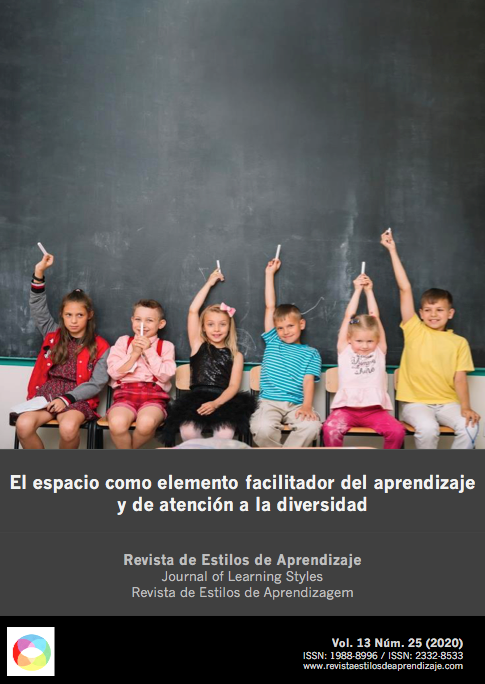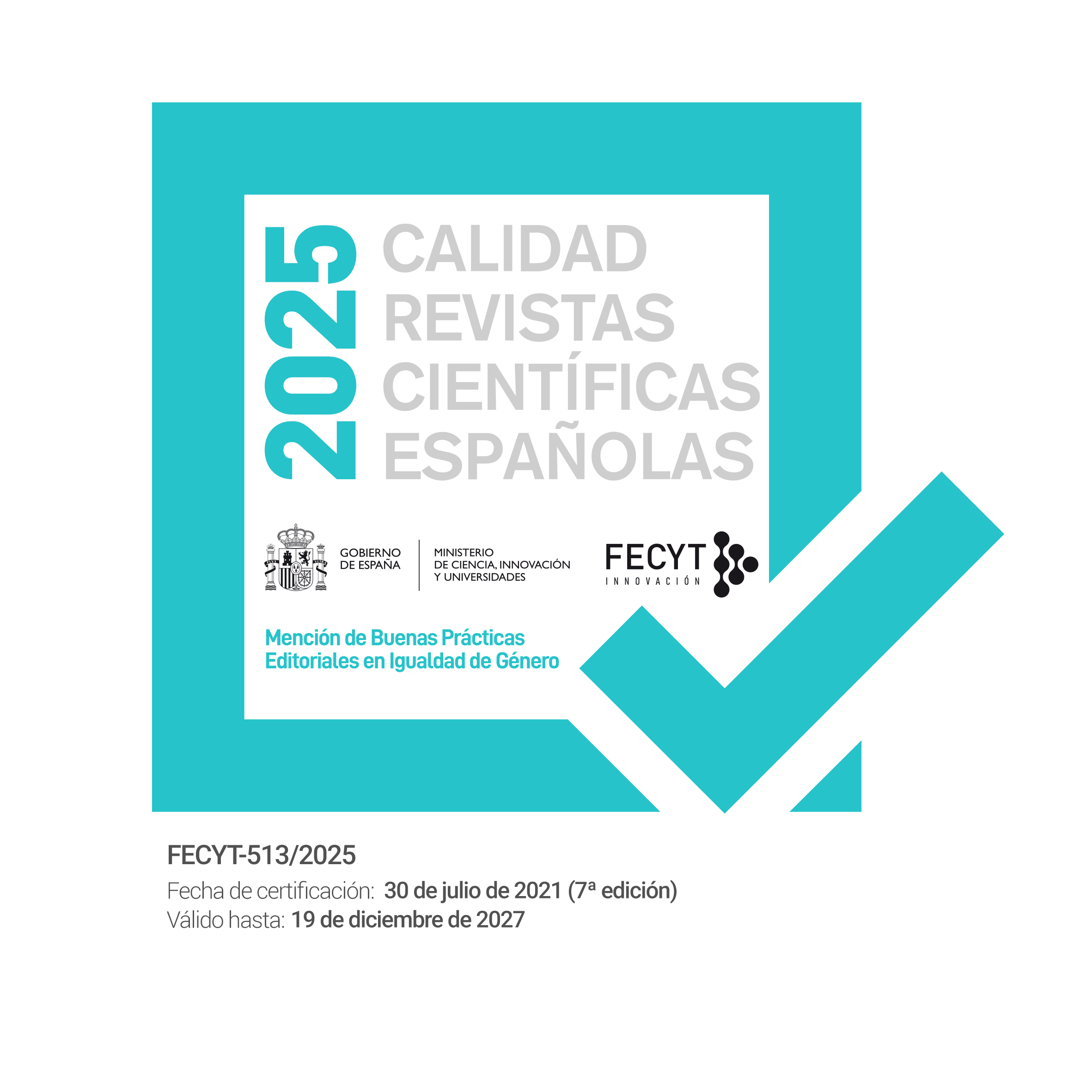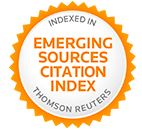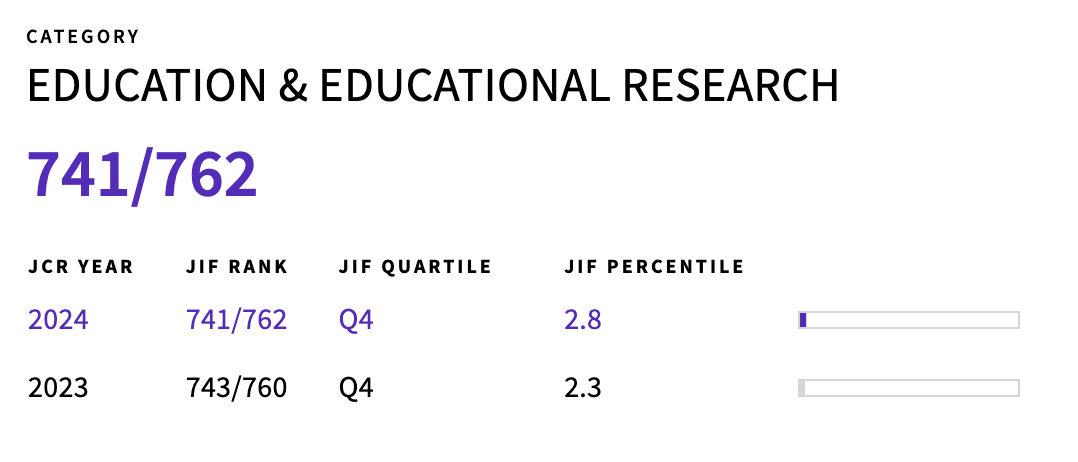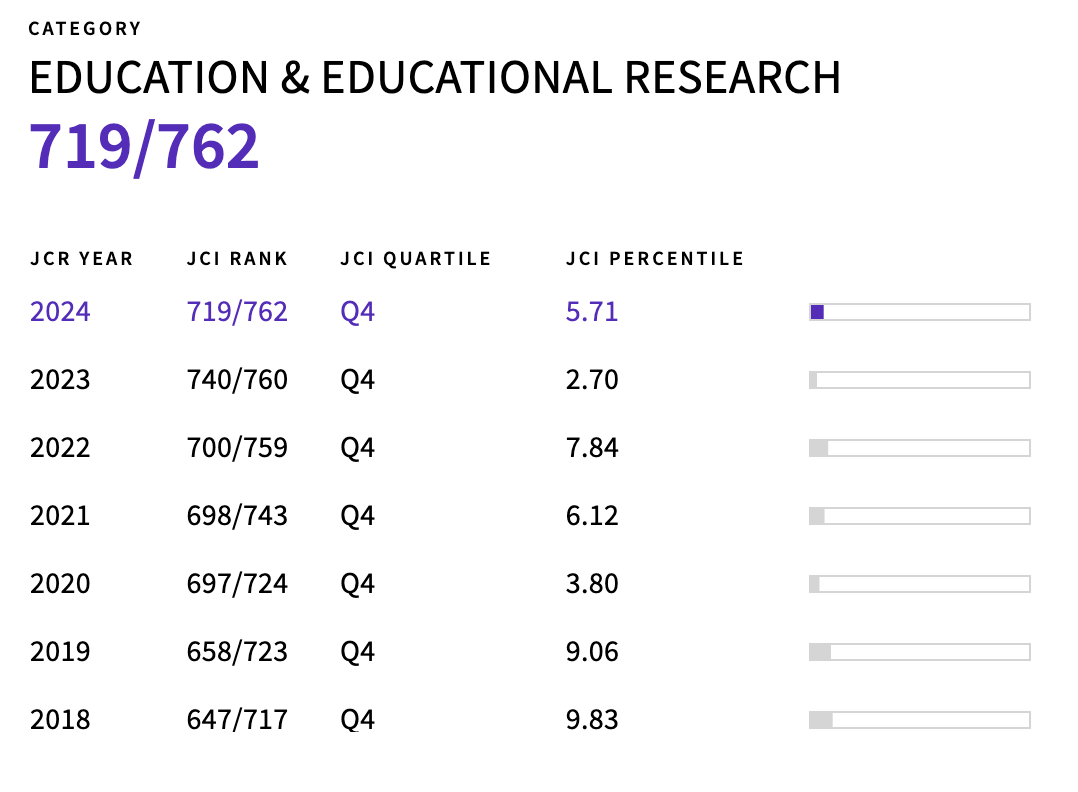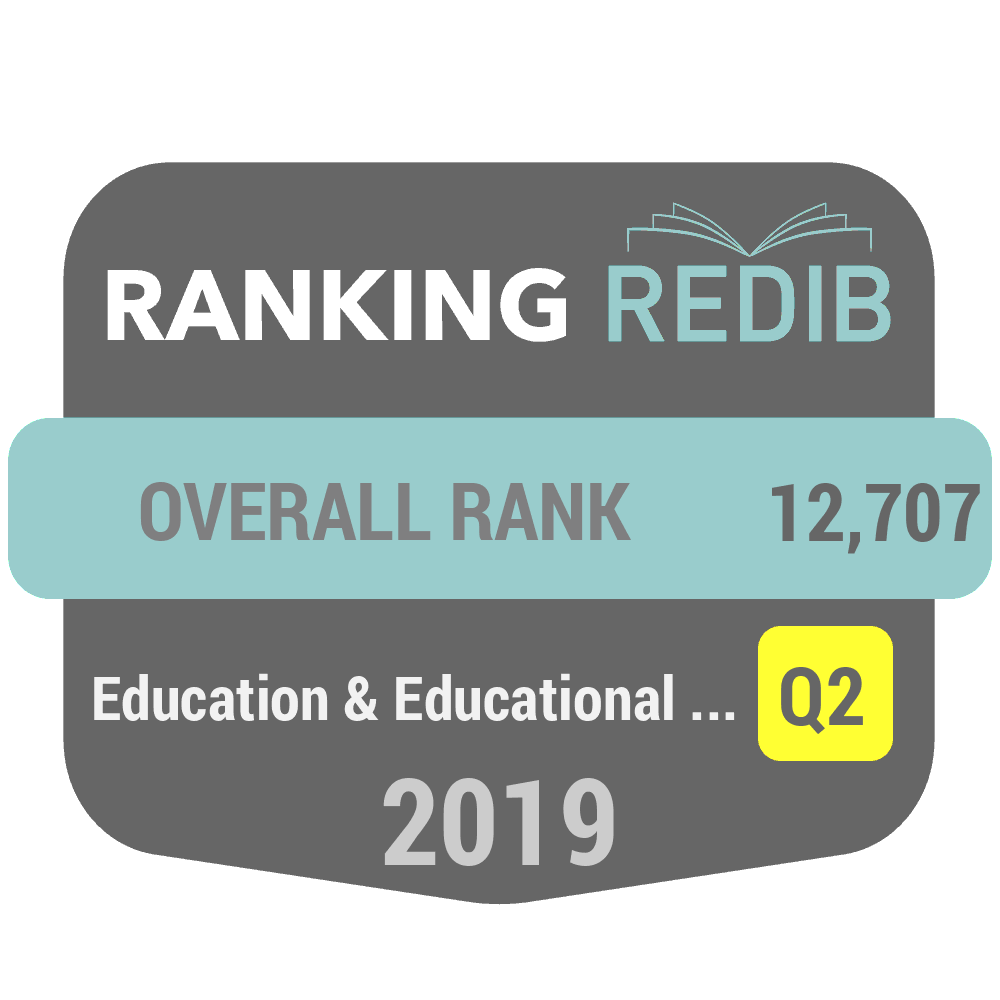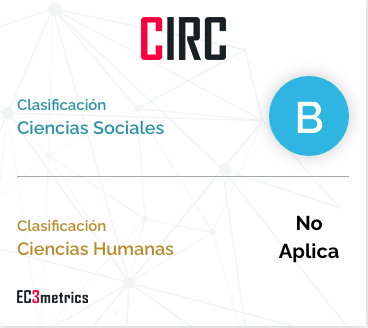Identification of the preferred teaching styles for Physical Education teachers at secondary education
DOI:
https://doi.org/10.55777/rea.v13i25.1525Keywords:
Learning Styles, Physical Education, Gender, Age, Teaching ExperienceAbstract
The teaching styles in physical education is a pedagogical model that provides teachers with alternative options for addressing student diversity and accomplishing multiple goals. The aim of this study was to identify the preferred teaching styles of physical education teachers depending on school type, age, gender and teaching experience at secondary education. A sample of 35 Physical Education teachers of secondary education was involved. It was conducted a non-experimental and transversal research design with quantitative approach and descriptive scope. The results of the study showed that the teaching styles by preference were the traditional character styles followed by cognitive, individualized, participatory and socializing and creative styles. There were not significant differences in relation to school type, age, gender and teaching experience.
Downloads
References
Aguado, R., Díaz, M., Hernández, J. L., & López, A. (2016). Apoyo a la autonomía en las clases de educación física: percepción versus realidad. Revista Internacional de Medicina y Ciencias de la Actividad Física y del Deporte / International Journal of Medicine and Science of Physical Activity and Sport, 16(62), 183-202.
Aktop, A., & Karahan, N. (2012). Physical Education Teacher’s Views of Effective Teaching Methods in Physical Education. Procedia - Social and Behavioral Sciences, 46(Supplement C), 1910-1913. https://doi.org/10.1016/j.sbspro.2012.05.401
De Meyer, J., Tallir, I. B., Soenens, B., Vansteenkiste, M., Aelterman, N., Van den Berghe, L., … Haerens, L. (2014). Does observed controlling teaching behavior relate to students’ motivation in physical education? Journal of Educational Psychology, 106(2), 541-554. https://doi.org/10.1037/a0034399
Derri, V., & Pachta, M. (2007). Motor skills and concepts acquisition and retention: a comparison between two styles of teaching. RICYDE. Revista Internacional de Ciencias del Deporte, 3(9), 37-47.
Fernández, M., & Espada, M. (2015). Frecuencia de utilización y aceptación de estilos de enseñanza en educación física. Athlos: Revista internacional de ciencias sociales de la actividad física, el juego y el deporte, (9), 44-63.
Fernández, M., & Espada, M. (2017). Formación inicial y percepción del profesorado sobre los estilos de enseñanza en Educación Física. RETOS. Nuevas Tendencias en Educación Física, Deporte y Recreación, 31, 69-75.
Galindo, L. J. (1998). Técnicas de investigación en sociedad, cultura y comunicación. México: Addison Wesley Longman
González, M., & Pino, M. (2014). Aproximación A Las Representaciones Y Creencias Del Alumnado De Magisterio Sobre Los Estilos De Enseñanza. Educación XX1, 17(1), 83-110. doi: 10.5944/educxx1.17.1.10706.
Haerens, L., Aelterman, N., Vansteenkiste, M., Soenens, B., & Van Petegem, S. (2015). Do perceived autonomy-supportive and controlling teaching relate to physical education students’ motivational experiences through unique pathways? Distinguishing between the bright and dark side of motivation. Psychology of Sport and Exercise, 16(Part 3), 26-36. https://doi.org/10.1016/j.psychsport.2014.08.013
Hein, V. et al. (2012). The relationship between teaching styles and motivation to teach among physical education teachers. Journal of Sports Science & Medicine, 11(1), 123-130.
Hernández, R., Fernández, C., & Baptista, P. (2014). Metodología de la investigación (5.a ed.). México: McGraw-Hill Interamericana
Isaza, L., & Henao, G. C. (2012). Actitudes-Estilos de enseñanza: Su relación con el rendimiento académico. International Journal of Psychological Research, 5(1). 133-141
Jaakkola, T., & Watt, A. (2011). Finnish Physical Education Teachers’ Self-Reported Use and Perceptions of Mosston and Ashworth’s Teaching Styles. Journal of Teaching in Physical Education, 30(3), 248-262. https://doi.org/10.1123/jtpe.30.3.248
Martínez, I., Renés, P., & Martínez, P. (2019). Los estilos de aprendizaje y de enseñanza: análisis y diagnóstico en educación superior de centro internacional de estudios superiores del español, CIESE-Comillas (España). Revista De Estilos De Aprendizaje, 12(24), 28-41
Merino, J. A., Valero, A., & Moreno, J. A. (2017). Análisis psicométrico del cuestionario estilos de enseñanza en educación física (EEEF) / Psychometric Analysis of the Teaching Styles Survey in Physical Education (TSPE). Revista Internacional de Medicina y Ciencias de la Actividad Física y del Deporte, 17(66), 225-241 https://doi.org/10.15366/rimcafd2017.66.002
Mosston, M. (1978). La enseñanza de la Educación Física. Del comando al descubrimiento. Madrid: Gymnos.
Mosston, M., & Ashworth, S. (1993). La enseñanza de la educación física: la reforma de los estilos de enseñanza. Hispano Europea.
Mouratidou, K., Goutza, S., & Chatzopoulos, D. (2007). Physical education and moral development: An intervention programme to promote moral reasoning through physical education in high school students. European Physical Education Review, 13(1), 41-56. https://doi.org/10.1177/1356336X07072675
Peñuela, C. A., & Cortés, C.-M. (2017). Didáctica del Docente de Educación Física para la Promoción de la Actividad Física. Universidad del Rosario. Recuperado de http://repository.urosario.edu.co/handle/10336/13548
Sánchez, B. J., Álvarez, M., Manzano, D., Gómez, A., & Mayor, M. (2017). Aplicación de un programa basado en el soporte de autonomía en las clases de educación física. 6(1), 15-25.
Sánchez, M., Valero, A., Manzano, D., & López, J. A. (2016). Efectos de una unidad didáctica ludotécnica en el aprendizaje del salto de altura de alumnos de bachillerato. Agora para la educación física y el deporte, 18(2), 199-213.
Sicilia, Á. (2001). La investigación de los estilos de enseñanza en la educación física : un viejo tema para un nuevo siglo. España: Wanceulen,
Sicilia, A., & Brown, D. (2008). Revisiting the paradigm shift from the versus to the non-versus notion of Mosston’s Spectrum of teaching styles in physical education pedagogy: a critical pedagogical perspective. Physical Education and Sport Pedagogy, 13, 85-108. https://doi.org/10.1080/17408980701345626
Sicilia, Á., & Delgado, M. Á. (2002). Educación física y estilos de enseñanza. Inde Publicaciones.
Sierra, R. (2001). Técnicas de investigación social: teoría y ejercicios. S.A. Ediciones Paraninfo.
Som, A., Muros, J. J., Pascual, J. M., Leyva, A., & Medina, J. (2007). Conocimiento que tiene el profesorado del área de Educación Física de secundaria obligatoria y bachillerato de Granada sobre los estilos de enseñanza, EF deportes, 12(115) Recuperado de http://www.efdeportes.com/efd115/estilos-de-ensenanza.htm
Syrmpas, I., Digelidis, N., Watt, A., & Vicars, M. (2017). Physical education teachers’ experiences and beliefs of production and reproduction teaching approaches. Teaching and Teacher Education, 66(Supplement C), 184-194. https://doi.org/10.1016/j.tate.2017.04.013
Vernetta, M., Gutiérrez, Á., López, J., & Ariza, L. (2013). Cooperative learning in higher education: An experience in learning gymnastic skills. Cultura y Educación, 25(1), 3-16. https://doi.org/10.1174/113564013806309091
Zhang, L. (2007). Do personality traits make a difference in teaching styles among Chinese high school teachers? Personality and Individual Differences, 43(4), 669-679. https://doi.org/10.1016/j.paid.2007.01.009
Downloads
Published
How to Cite
Issue
Section
License
By submitting the original, the author(s) declare that they are aware of and accept, in full, the privacy policy as well as the copyright of the Learning Styles Magazine.
The Learning Styles Magazine offers free and open access to its content, completely free of charge, in order to bring scientific research to its readers and society in general. All digital contents are free and open access and are published under a Creative Commons license:

Rights are granted under the Creative Commons Reconocimiento-NoComercial-SinObraDerivada 4.0 Internacional (CC-BY-NC-ND 4.0)
The Learning Styles Magazine is an open access journal. Publication of articles or reviews in the Journal does not entitle you to any remuneration. For authors as well as readers, the journal is free Creative Commons Reconocimiento-NoComercial-SinObraDerivada 4.0 Internacional (CC-BY-NC-ND 4.0).
With this licence, the reproduction and dissemination of the contents of the magazine for educational, social and knowledge transmission purposes is permitted, without any profit motive in mind, provided that the source and authorship are not modified. The licence granted to Learning Styles Magazine allows the copying and distribution of the magazine's contents, as long as the authorship of the work is recognised, correctly specifying the author and the publishing entity. The work may not be used for commercial purposes, nor may it be altered, transformed or generated from this work.
The publication of articles or reviews in the Journal does not give the right to any remuneration.
The Learning Styles Journal invites the author/authors to increase the visibility and scope of their articles published by re-disseminating them in:
- Web spaces and personal networks, as well as in scientific meetings and forums
- Open institutional archives in Universities, educational repositories and Research Centres.
- Academic and scientific networks (Researchgate, Academia.edu, Plubons, etc.)
All these spaces and publications must include all the bibliographic data of the publication.

